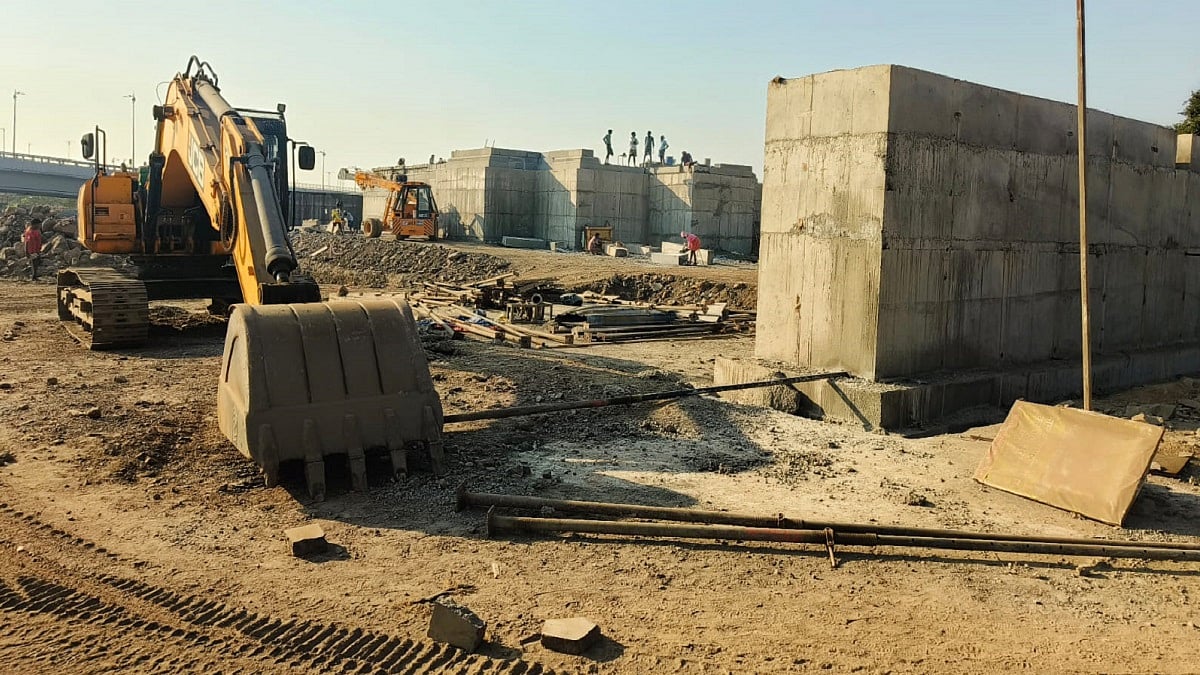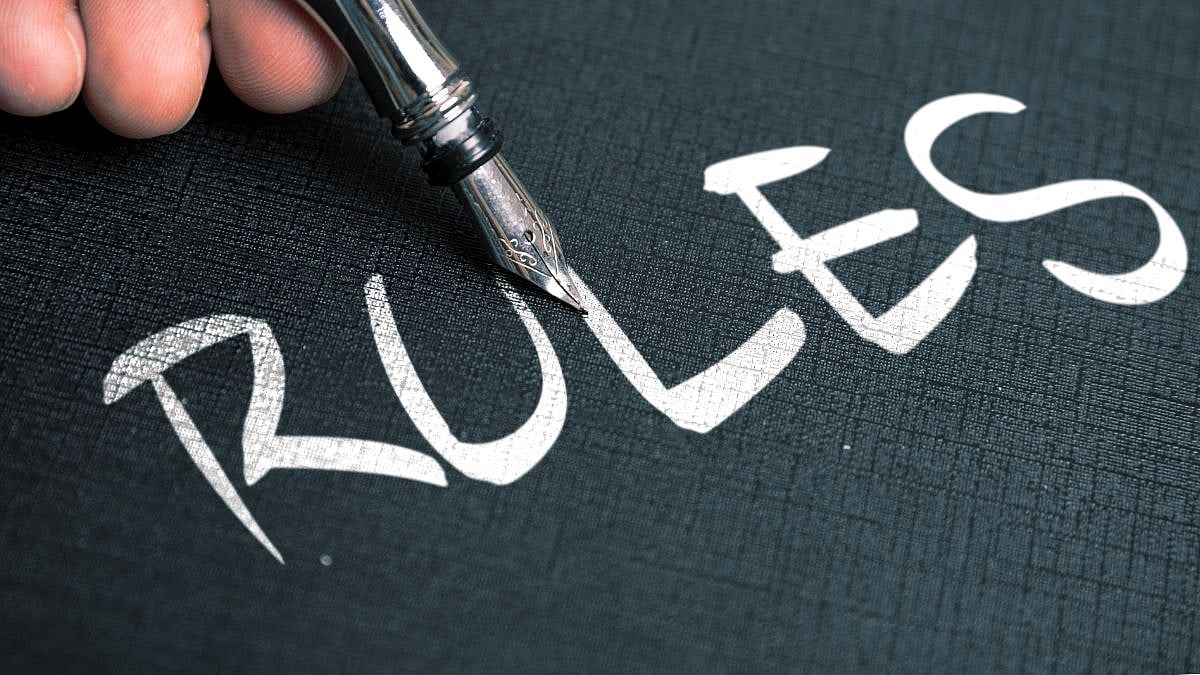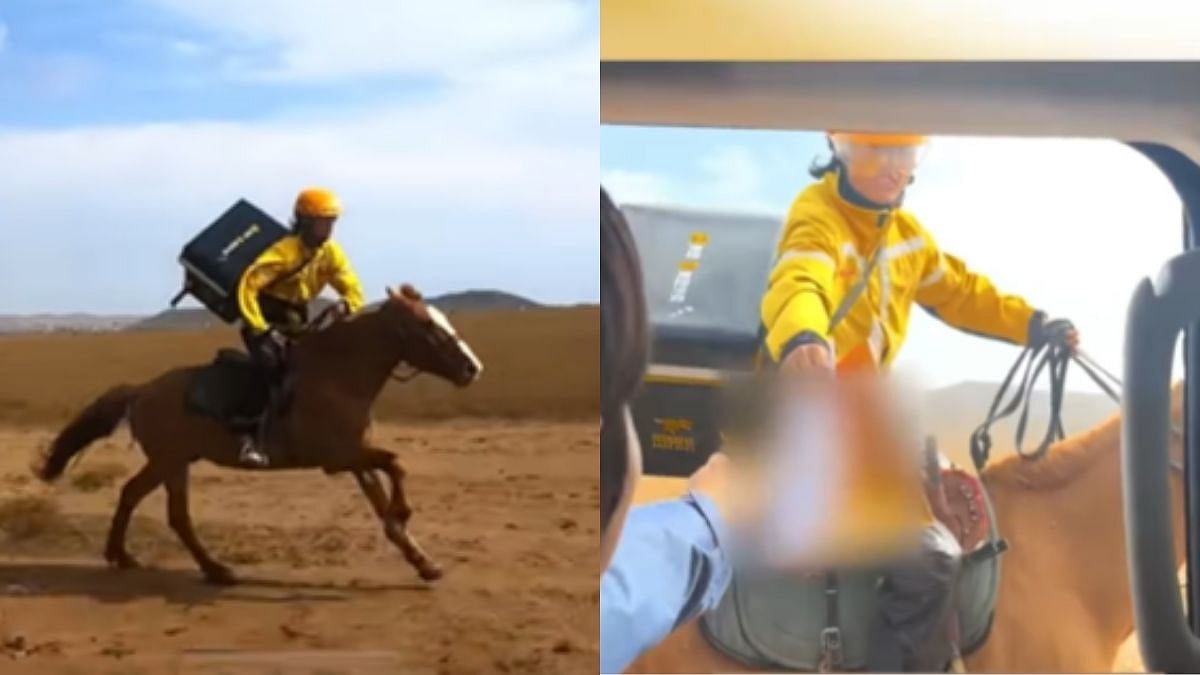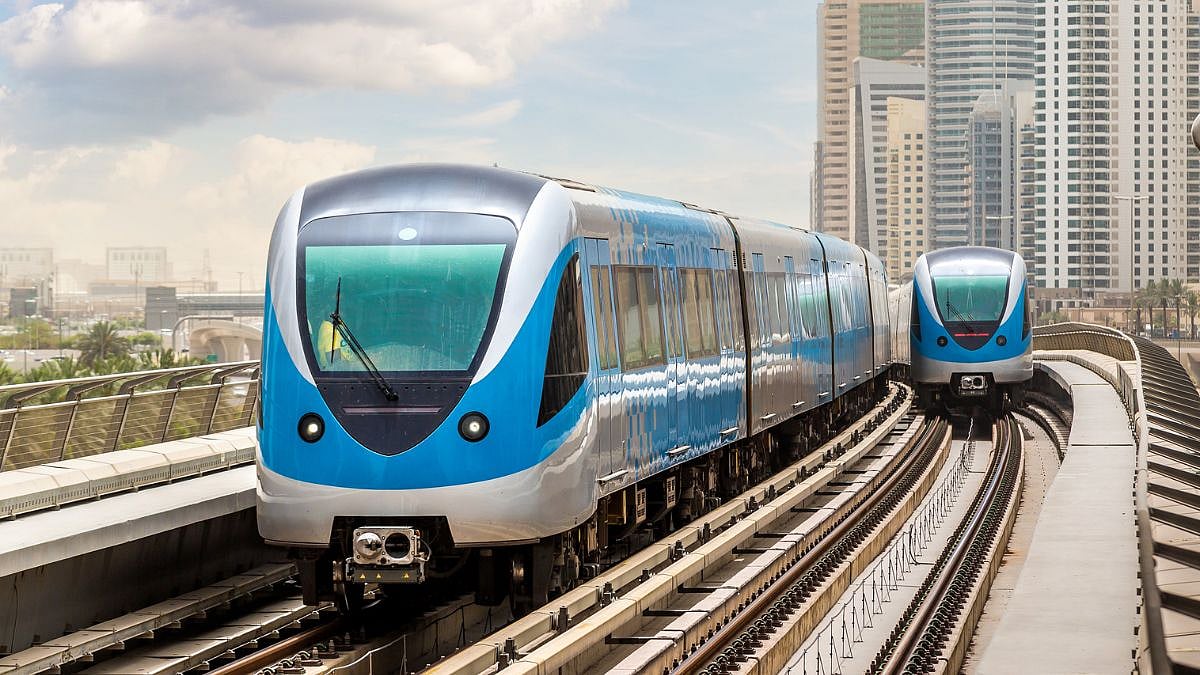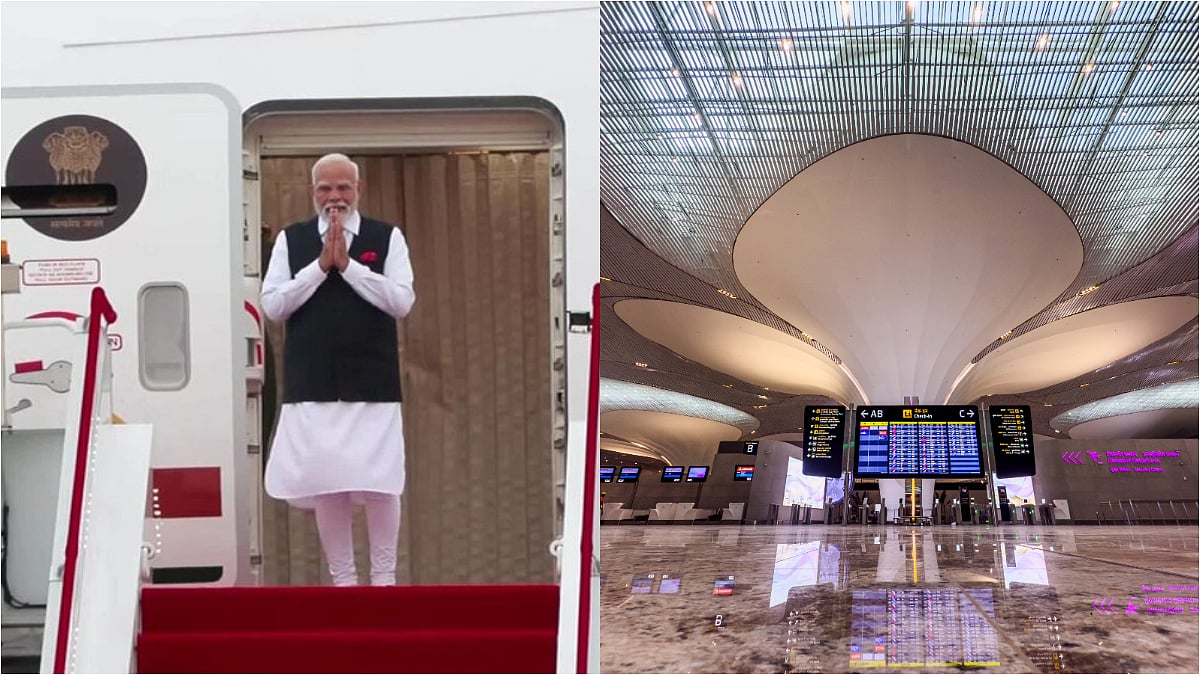Even as the Tirumala Tirupati Devasthanams (TTD) has assured the National Green Tribunal (NGT) it will confine its Ulwe Balaji temple construction to non-Coastal Regulation Zone (CRZ) areas, environmentalists maintain that flood threats to the site remain unaddressed.
The National Green Tribunal (NGT) recently cleared the ongoing construction of the TTD temple at Ulwe in Navi Mumbai after it was assured by the temple body that no unauthorised or illegal construction is taking place in any Coastal Regulation Zone (CRZ) or mangrove buffer zone.
Petition on Alleged CRZ Violations
The commitment came during a hearing on a petition by NatConnect Foundation director B N Kumar, who alleged CRZ violations in CIDCO’s April 2022 allotment of the 40,000 sq mt plot for the project.
TTD, in an affidavit filed few months back, undertook not to build in CRZ portions and to seek prior permissions before undertaking any activity there. The final arguments were held on July 31 when TTD and Kumar’s counsel presented their versions.
Controversy Over Mangrove Buffer Zone Approval
In November 2023, the Maharashtra Coastal Zone Management Authority (MCZMA) gave its final nod, permitting TTD to erect a compound wall and develop landscaping in the mangrove buffer zone a move opposed by Kumar’s counsel, Ronita Bhattacharya.

Flood-Prone Concerns Remain
While the NGT accepted TTD’s undertaking and dismissed the case on July 31, Kumar reiterated that the plot is listed as flood-prone in CIDCO’s own records. “The temple is being built on elevated base, but the lower surrounding areas could still be marooned during floods. This reality cannot be ignored,” he said.
Call for Ecologically Safer Locations
Kumar stressed he is not opposed to the temple project itself, praising TTD’s environmental awareness drives and plastic ban initiatives, but maintained that such a large structure should ideally be built in an ecologically safer location.
